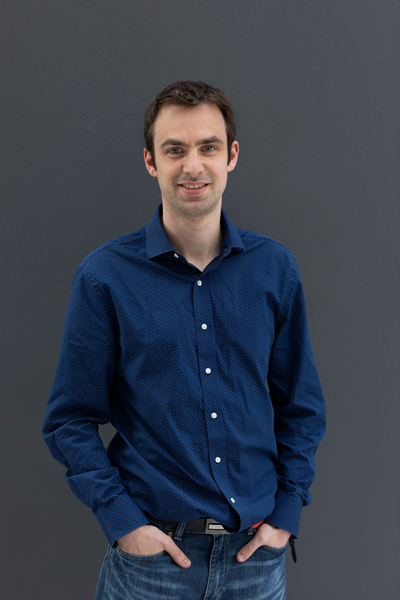Objectives
Click here to download the presentation
Abstract
While most cancer studies focused on patient variations lying in protein-coding regions, the noncoding ~98% of the genome, containing cis-regulatory regions that control when and where genes are expressed, is largely unexplored. Transcription factors are key proteins binding to cis-regulatory regions to modulate the rate of gene transcription. Delineating the specific positions at which a TF binds DNA is of high importance in deciphering gene regulation. As cancer is a disease of disrupted cellular regulation, it is critical to analyze these regions to highlight patient somatic mutations altering the gene regulatory program of the cells. I will present our recent works on the evaluation of the combined effects of transcriptional and post-transcriptional dysregulation of gene expression. Our analyses culminated with the identification of mutations at TFBSs affecting the expression of key protein-coding and miRNA genes with a cascading dysregulating effect of the cells’ regulatory program. Our predictions were enriched for protein-coding and miRNA genes previously annotated as potential cancer drivers. Functional enrichment analyses highlighted the dysregulation of key pathways associated with carcinogenesis. These results confirm that our method predicts cis-regulatory mutations related to the dysregulation of key gene regulatory networks in cancer patients. This new strategy represents an original methodology to decipher how the gene regulatory program is disrupted in cancer cells by combining transcriptional and post-transcriptional regulation of gene expression.
 Anthony Mathelier is a computer scientist by background who completed his PhD the University Pierre and Marie Curie, Paris, France, in 2010. His PhD research aimed at the development of computational tools to predict miRNAs in eukaryotes. As a postdoctoral fellow and a deputy group leader in Dr. Wasserman lab, University of British Columbia, Vancouver, Canada, he focused on gene regulation at the transcriptional level. In particular, understanding how transcription factors (TFs) bind in a sequence specific manner to the DNA. Since May 2016, he is the group leader of the Computational Biology & Gene Regulation team at the Centre for Molecular Medicine Norway, part of the Nordic EMBL partnership. His group focuses on gene expression regulation and the mechanisms by which it can be disrupted in human diseases such as cancers.
Anthony Mathelier is a computer scientist by background who completed his PhD the University Pierre and Marie Curie, Paris, France, in 2010. His PhD research aimed at the development of computational tools to predict miRNAs in eukaryotes. As a postdoctoral fellow and a deputy group leader in Dr. Wasserman lab, University of British Columbia, Vancouver, Canada, he focused on gene regulation at the transcriptional level. In particular, understanding how transcription factors (TFs) bind in a sequence specific manner to the DNA. Since May 2016, he is the group leader of the Computational Biology & Gene Regulation team at the Centre for Molecular Medicine Norway, part of the Nordic EMBL partnership. His group focuses on gene expression regulation and the mechanisms by which it can be disrupted in human diseases such as cancers.